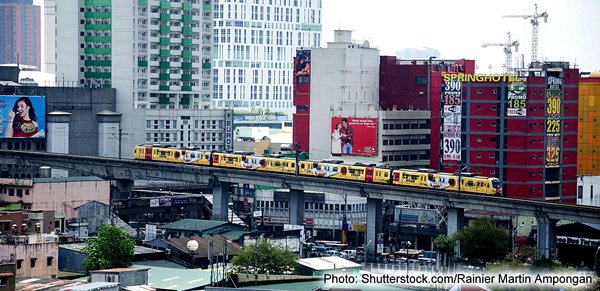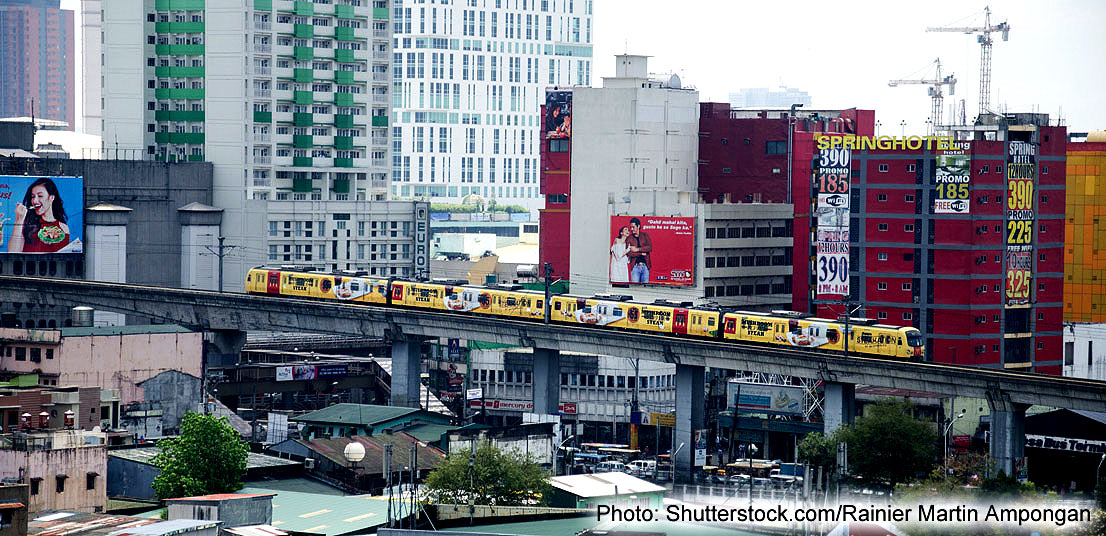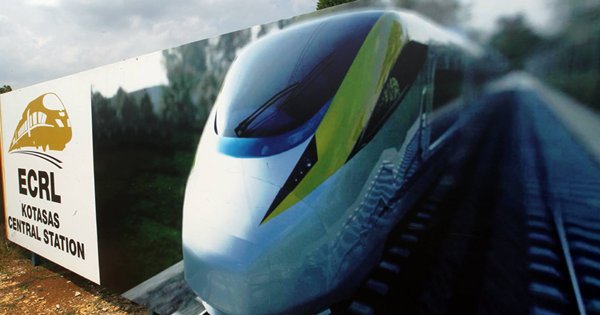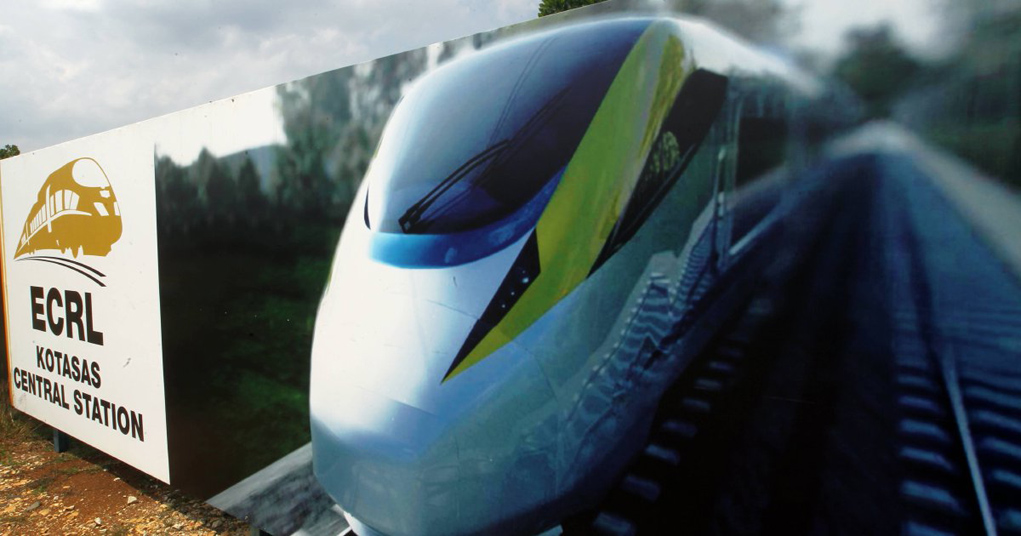When three China-made trains arrived in Hanoi, Vietnam's capital, early last month, it was seen by many as a sign that one of the country's longest-delayed infrastructure projects – the Cat Linh-Ha Dong Elevated Light Railway – was finally approaching completion. Although the project will have a huge impact on the everyday lives of the city's commuters, its progress has been watched equally intently some 2,300km away in Beijing, where it is seen as an important element in the Belt and Road Initiative (BRI), China's vast and ambitious trade and infrastructure development programme.
The construction of the 13.5km urban light railway has been largely bankrolled by China, with much of the work undertaken by Chinese contractors, while its rolling stock has also been manufactured on the mainland. The project has been designed to tackle Hanoi's chronic traffic problems, with the city having long been billed as "a case study in congestion and chaos" by the local media.
Construction work on the 12-station line began in 2011, with the project originally scheduled to become operational in 2015 and an initial budget of US$552 million, most of which was to be underwritten by China. Along the way, though, the project has been subject to several delays, with the China Railway Sixth Group, its appointed developer, consequently revising the required budget to $880 million.
The project is just one element in a programme of China-backed moves designed to significantly upgrade Vietnam's connectivity. Back in May this year, the two countries agreed to prioritise the construction of a standard-gauge railway link connecting Lao Cai, a strategically important city close to the Chinese border, with both Hanoi and Hai Phong, Vietnam's principal port and one of the largest marine freight facilities in Southeast Asia.
While seemingly unconnected, these two projects are intrinsically linked under the scope and vision of the BRI. Backed with funding from the Asian Development Bank (ADB), the Lao Cai-Hanoi-Hai Phong Railway will eventually form part of the Kunming-Hai Phong Transport Corridor, which will directly connect Vietnam with Kunming, the capital of China's south-western Yunnan province.
Its principal role, though, will be to boost the level of cross-border trade routed via the port of Hai Phong, which itself is undergoing a $1.2 billion BRI-related upgrade. As a consequence of this redevelopment, Vietnam's overall container handling capacity is expected to double by 2020.
Once operational, the Kunming-Hai Phong Transport Corridor is expected to play an integral role in handling the expected growth in land freight between China, Vietnam and a number of other Southeast Asian countries. Essentially, it will provide landlocked Yunnan with easy access to marine freight facilities for the first time, with the lack of such a direct route having previously curtailed the province's export ambitions.
In terms of the future, further bilateral co-operation was also promised back in May, with China agreeing to help Vietnam secure preferential funding terms from the Beijing-headquartered Asian Infrastructure Investment Bank (AIIB), one of the primary financial vehicles supporting the on-going development of the BRI. Once this backing is in place, it is expected that the two countries will announce plans for the joint development of further transport and infrastructure projects.
Back in Hanoi, however, the delivery of another eight trains destined for the Cat Linh-Ha Dong line is expected by the end of this month. Extensive track testing is now also under way and the line's official opening has been pencilled in for the second quarter of 2018. With many of the city's commuters eagerly anticipating abbreviated journeys to work, few will even realise that another piece of the Belt and Road jigsaw has also just been slid into place.
Marilyn Balcita, Special Correspondent, Hanoi
 723 Views
723 Views







